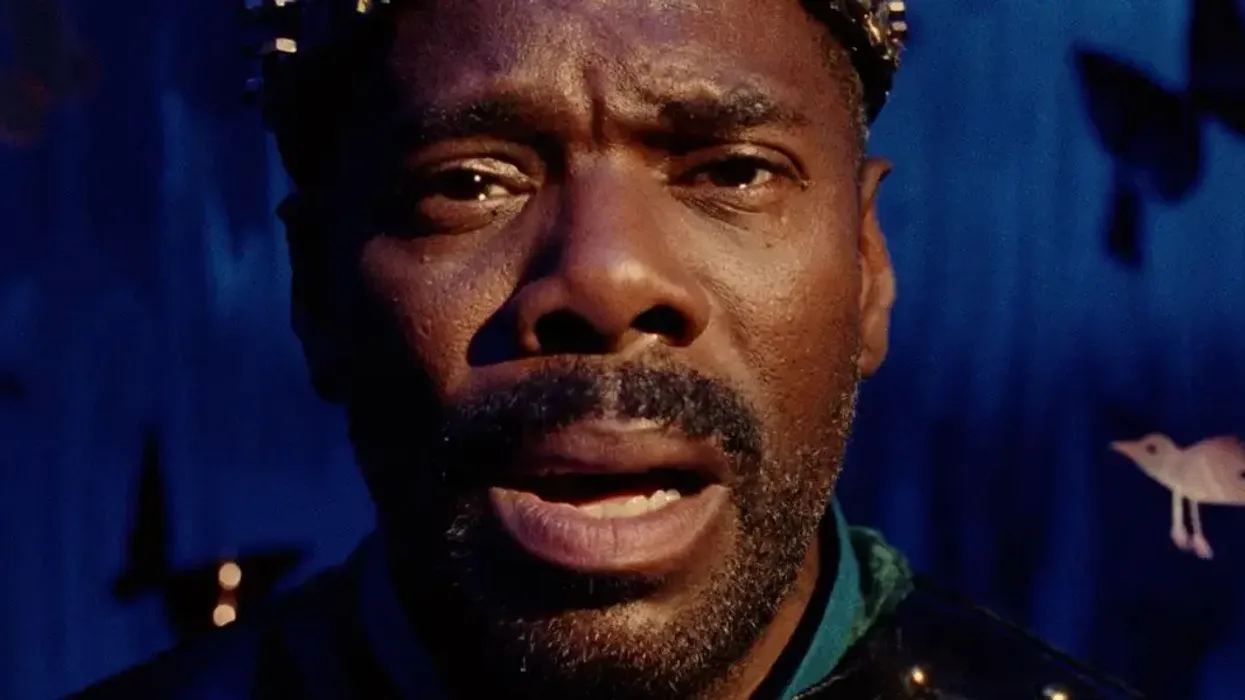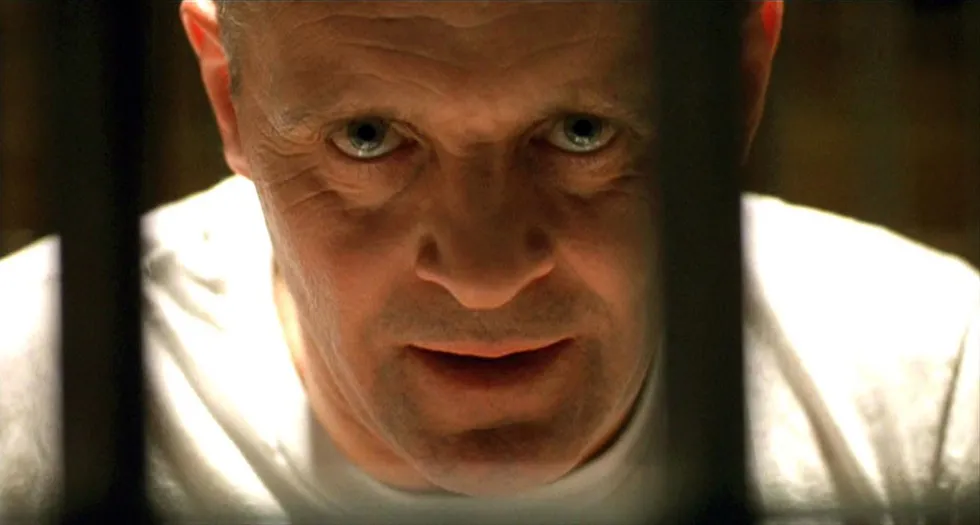The Curtain Goes up on 'Sing Sing' as It Takes Center Stage at TIFF
Based on the real-life arts rehabilitation program founded at Sing Sing Correctional Facility, Greg Kwedar’s new film, Sing Sing follows a troupe of incarcerated actors who work on a play as part of a theater workshop at the prison. Starring Colman Domingo as Divine G, the theater group finds escape from the realities of prison through the arts.

This post was written by Meagan Keane and originally appeared on Adobe blog on Sept. 20, 2023.
"Take advantage of [Adobe Premiere Pro] features like Productions and Transcriptions! Most people I know don’t know about them since they’re relatively new. They’re both game changers.” -- Parker Laramie Editor, Sing Sing
Adobe Creative Cloud tools including Adobe Premiere Pro and Adobe Frame.io played an important role in the post-production process helping bring director Greg Kwedar’s creative vision to life. We sat down with Kwedar and editor Parker Laramie to hear more about the making of Sing Singand learn about the tools used during post-production like Premiere Pro Productions and Transcriptions.
Sing Sing premiered at TIFF on Sept. 10, 2023. Read on below to get a behind-the-scenes look into this narrative.
How did you get into filmmaking?
Kwedar: I started out in the documentary world, and when I met my creative partner, Clint Bentley (the director of Jockey and co-producer of Sing Sing) we began to step into narrative filmmaking through a journalistic lens, pulling the curtain back behind fascinating communities and building stories from the dirt up.
How do you begin a project/set up your workspace?
Laramie: I’ve got my office set up at home already. I’ll usually brew a pot of coffee maybe? Oh, and I’ll chat with Greg, or whichever director I’m working with—I like to get a feeling for what they’re going for so I know what to look for in the dailies.
How did the idea for Sing Sing come about? Tell us about a favorite scene or moment from this project and why it stands out to you.
Kwedar: We’ve been working on this film for over seven years. The idea came when I was visiting a maximum-security prison for the first time in Kansas and witnessed a program where incarcerated men were able to live with and train rescue dogs. I was so moved by the tenderness and care between this man and his dog that I was desperate to know what other programs were out there like it. That night in my hotel, I searched on Google and came across the Rehabilitation Through the Arts in New York program (RTA), and I began reading articles about the plays they put on insideSing Sing prison.
I came across a piece in Esquire about the time they put on a time-traveling musical comedy called Breakin’ The Mummy’s Code and knew this was a film I had to make. We made this film within the RTA community, and the majority of our cast are actual alumni from the RTA program acting alongside established actors led by our star, Colman Domingo. My favorite scenes were moments where our alumni cast would tell stories on camera from their own lives in their own words. There was a power and vulnerability and specificity that we never could have written ourselves.
You’ve worked on projects before, like Jockey. Tell us about your collaborative style–how are you working together once you get into post?
Kwedar: Parker is so open and generous with the process, yet he is also exacting and always pushing for new discoveries within the scenes or structure. I try to give him a lot of space at first to find his own way into the material and then we spend months working closely together until we land the plane.
Laramie: Greg is based in Austin, I’m in LA, and Clint is based in Dallas. I usually do a first pass on everything and start to shape scenes before we start working together. Once we’re in post-production, we’re working together almost every day. If something needs more of a reimagining, we’ll usually break off and work independently for a day to figure it out. Greg and Clint both like to cut things themselves if they have a really specific idea, and then they’ll pass it back to me to massage it back into the rest of the movie. I love working with directors who like to cut, it’s so refreshing to hand something off and get it back with a fresh perspective.
What were some specific post-production challenges you faced that were unique to your project? How did you go about solving them?
Kwedar: We struggled for a long time to find the rhythm of the second act and started doing a lot of rearranging until we realized that it was just about removing one scene off the table. After that, it all flowed.
Laramie: The toughest post-production challenges for me are typically structural. Both Jockey and Sing Sing had a fair amount of flexibility in their structures, and Greg and Clint both like to respond to the energy of the day when they’re shooting and go off script. On Sing Sing, they had several scenes that were just a sentence or two in the script that they workshopped with the cast on the day. When you shoot like that you inevitably have to do some rearranging and drop some scenes in the edit to rebalance everything and keep the emotional flow, so there was a fair amount of that we had to deal with.
What Adobe tools did you use on this project and why did you originally choose them?
Kwedar: Productions in Premiere Pro was really helpful to allow Clint and I to seamlessly work within the project and experiment, and then Parker was able to grab anything that clicked and migrate into his project. Game changer for us!
Laramie: We used Premiere Pro and shared cuts over Frame.io. Greg and Clint are both more familiar with Premiere Pro, and I prefer the way it lets you work with audio. Time Warping and adjusting volume are very quick and easy and make fixing music and dialing in the rough edit mix super fast. Frame.io has very robust uploading, which came in handy when we got into finishing and had a lot of enormous files to send around.
If you could share one tip about Premiere Pro, what would it be?
Laramie: Take advantage of features like Productions and Transcriptions! Most people I know don’t know about them since they’re relatively new. They’re both game changers.
Who is your creative inspiration and why?
Kwedar: The privilege of being a storyteller is that inspiration comes from everywhere. We just have to stop and look and listen.
Laramie: I finally got around to watching Moonage Daydream and found David Bowie’s attitude towards art and creativity to be really grounding. He was always curious—constantly changing things up and indulging his experimental and artistically rigorous side, but he was also never afraid to return back to a more pop sensibility. As he says in the movie, “I would never begrudge anyone an audience.” That sort of attitude is really important to me when I’m cutting—it’s always about staying in touch with your audience.
What’s the toughest thing you’ve had to face in your career and how did you overcome it? What advice do you have for aspiring filmmakers or content creators?
Kwedar: The toughest thing is creating sustainability in such a chaotic business. But the longer I do this, the more I believe that you are always empowered to just go make something. You don’t have to wait on the magic wand to make your dreams come true (also, there isn’t a magic wand). If you treat people kindly, and equitably, they’ll come with you on the ride.
Laramie: The toughest thing for me is choosing projects. I often find I have more than one project happening at the same time that excites me in different ways. Balancing taste, career, and money is a constant challenge. I find that whenever I work with Greg and Clint, I’ve got at least two of those things fulfilled!
Share a photo of where you work. What’s your favorite thing about your workspace and why?
Kwedar: I made this desk from an old door with my dad. And I’ve got knick knacks from different productions that I can fiddle with on conference calls.

Credit: Greg Kwedar, 'Sing Sing' co-writer & director
This post was written by Meagan Keane and originally appeared on Adobe blog on Sept. 20, 2023.













